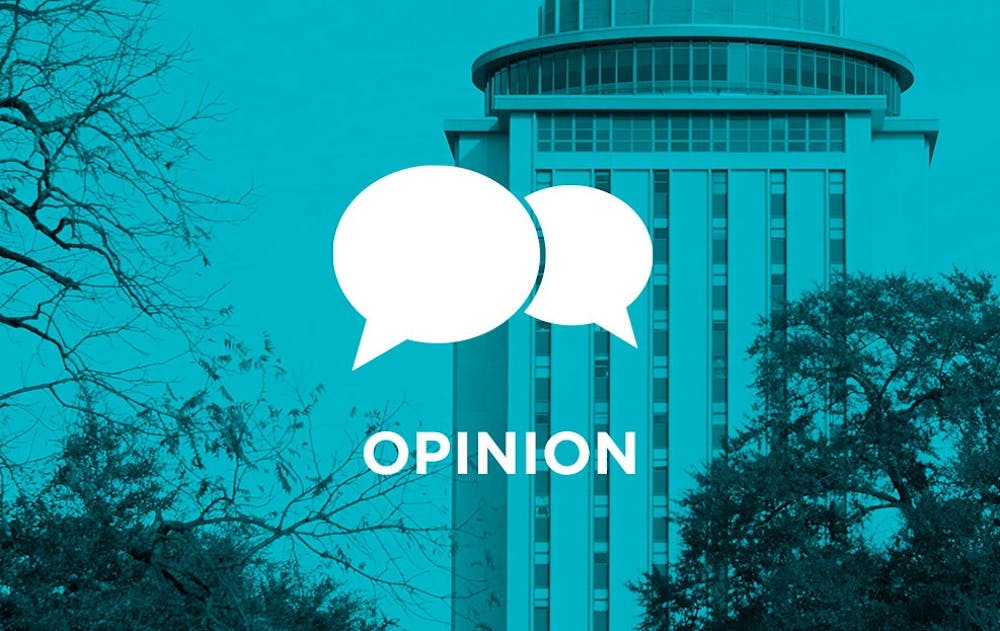In June 2015, hedge-fund manager John Paulson pledged $400 million to Harvard University to expand the school’s engineering college and rename it in his honor. The year prior, it received an additional $350 million gift from alumnus Gerald Chan for its school of public health. Few would question the generosity or goodwill of either donor after such charitable acts. However, as altruistic and inspiring as these enormous donations may be, they demonstrate a serious, growing trend in higher education that perpetuates inequality in the United States.
Sitting atop an endowment of nearly $36 billion, were Harvard to be considered a hedge fund, it would be the world’s fifth-largest. With such enormous holdings, the institution would have to barely make a three percent return per year to accumulate a sum that most universities could only ever dream of. But of course, given the brain power at the school, it’s managed to return more than 10 percent per year for over two decades.
As any Gamecock knows, feelings for one’s university surpass pride, so Paulson and Chan would naturally wish to give back to the university that laid the foundation for their successes. Were their gifts necessary, though?
Mr. Chan’s donation was inspired by admirable egalitarian motives. He was pleased that the funds were to “be used for scholarships and student loan forgiveness programs,” so that graduates may pursue careers in less lucrative fields. Yet, the donation begs the question as to why a university that produces more than $3 billion per year should rely on alumni support to make attendance affordable or improve their facilities.
The trend is not unique to Harvard, either.
Last year, the eight donations of more than $100 million went to four universities, of which the average endowment was a whopping $14.07 billion. It is easy to call these donations commendable at first glance, but their altruism may have been misaligned.
To an extent, it comes as no surprise that it is the fabulously wealthy schools that receive these donations: Their prominence and prestige stem from a history of distinction and successful alumni. Today, they serve as incubators for the intellectually elite and miraculously motivated, the breed of student told they’re going to change the world. No expense should be spared in providing them with the resources and tools needed to realize their destinies — or so the thinking of donors seems to go.
Harvard, Stanford, Princeton and the like will undoubtedly benefit from the incredible amount of money they draw in, but the question that follows is whether that money could have been better spent elsewhere. The marginal benefit —that is, the benefit that hundred-plus-million dollar gifts will bring to the university — is only a fraction of the benefit it would bring to a lesser-known university with a fraction of the endowment. When the average Moody’s-rated college endowment is only $273 million,it makes little sense for donations to continue to flow towards Ivy-laden halls.
Unfortunately, it is these very donations that perpetuate the inequality of American academia, as only the most academically privileged students have access to the benefits of charitable giving. If the ultra-rich truly wanted to change the landscape of higher education, they would give to the struggling university across the street from the esteemed university that reared them. For every revolutionary CEO and scientist, there are thousands of normal workers, and to dismiss them is a failure of charity and the higher education system.
In the end, where billionaires give their money is their prerogative, but if billionaires like Paulson and Chan are going to enjoy tax breaks nearly as large as the sums they donate, the destination of their donations should be of concern to policy makers.

